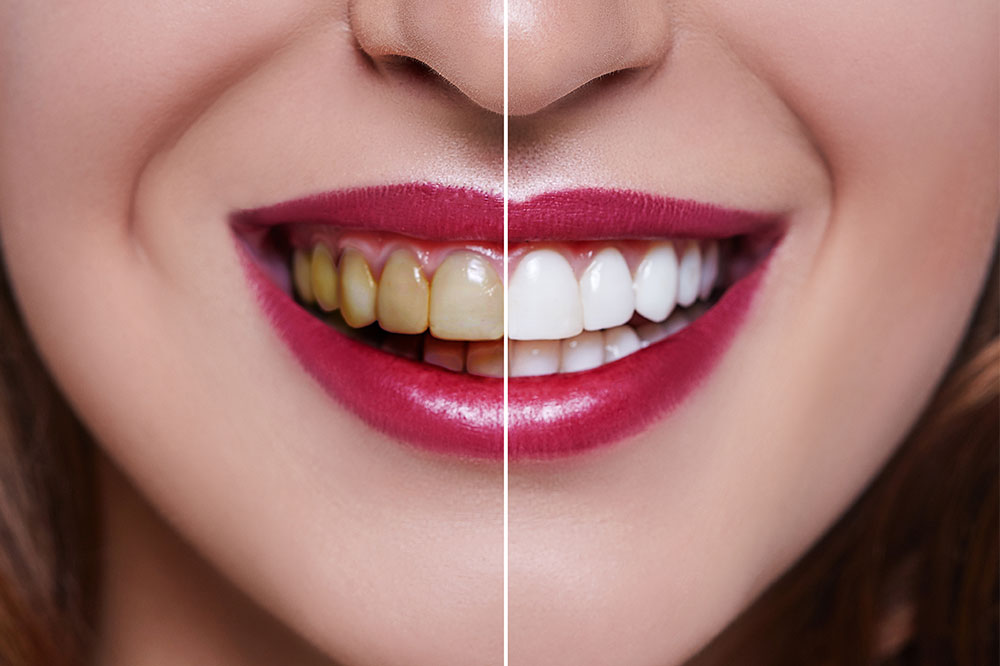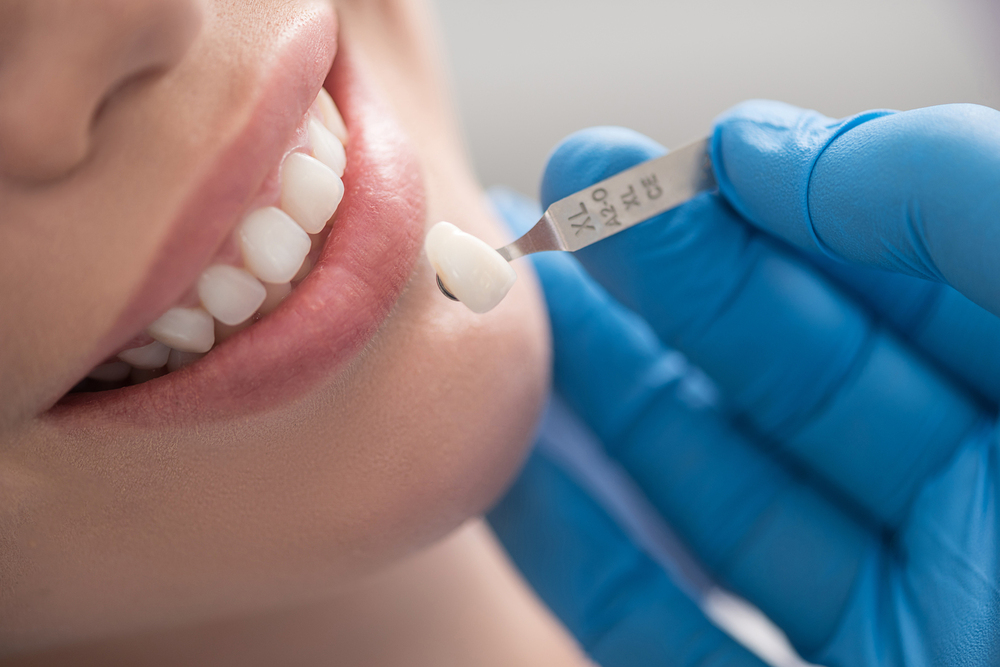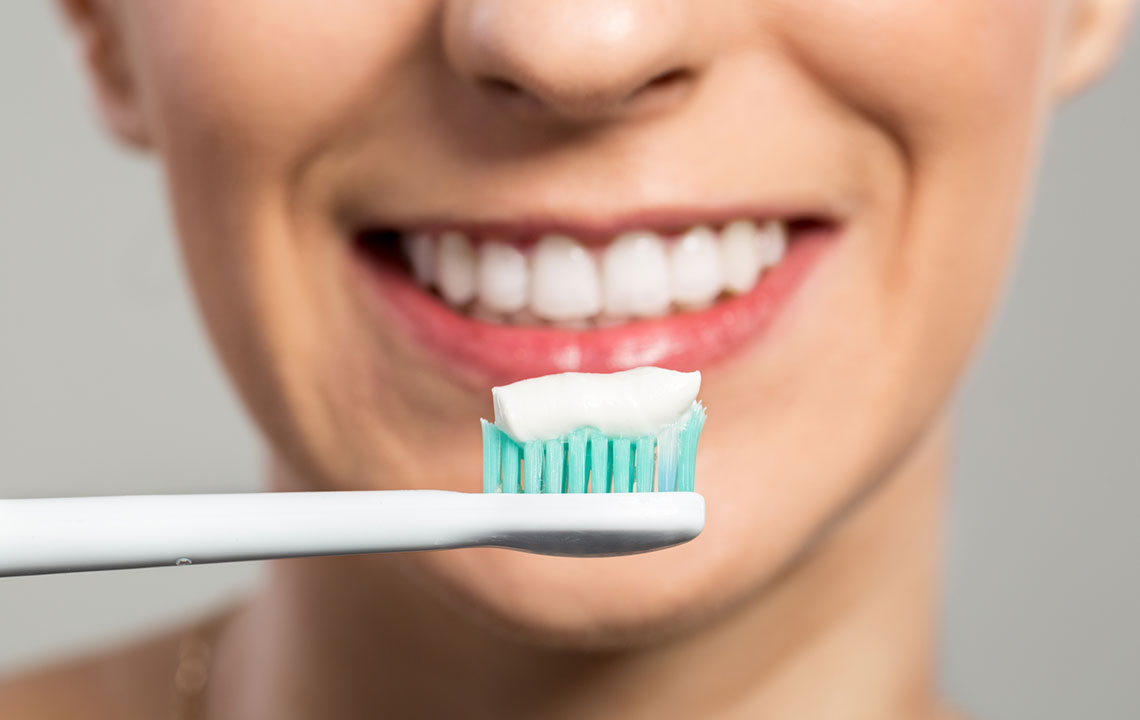Understanding Dental Veneers: Costs, Procedures, and Outcomes
Discover the essential details about dental veneers, including the application process, expected results, and pricing. Learn how veneers can enhance your smile with custom options like porcelain and resin-based types, along with cost considerations. This guide helps you understand what to expect from this popular cosmetic dental treatment.
Sponsored

Dental veneers are ultra-thin shells applied to the front surface of teeth to enhance their look. Custom-made to match individual teeth, they effectively conceal stains, chips, and unevenness. This article explains the process of getting veneers, expected results, and typical expenses involved.
Veneer Application Process
The procedure varies based on the veneer type chosen, mainly porcelain or resin-based options.
Porcelain Veneers
The process begins with taking an impression of the teeth, which is sent to a lab to craft personalized porcelain shells. Meanwhile, patients receive temporary veneers. Once the permanent ones arrive, a fitting session ensures proper alignment and fit, followed by bonding the veneers onto the teeth.
Resin Composite Veneers
The dentist cleans and reshapes the teeth, then applies and molds resin directly onto the teeth, adjusting color for a natural look.
Expected Outcomes
Dental veneers mainly target front teeth to improve appearance, with results visible immediately after bonding. To prevent damage, it’s recommended to avoid hard foods and objects, prioritizing chewing with back teeth.Veneer Costs
As a cosmetic procedure, dental veneers are typically not covered by insurance. Costs depend on the material and prep work involved. Traditional porcelain veneers range from $925 to $2,500 per tooth, while no-prep options generally cost between $800 and $2,000. Prices can vary based on location, the complexity of the procedure, and specific veneer types.





